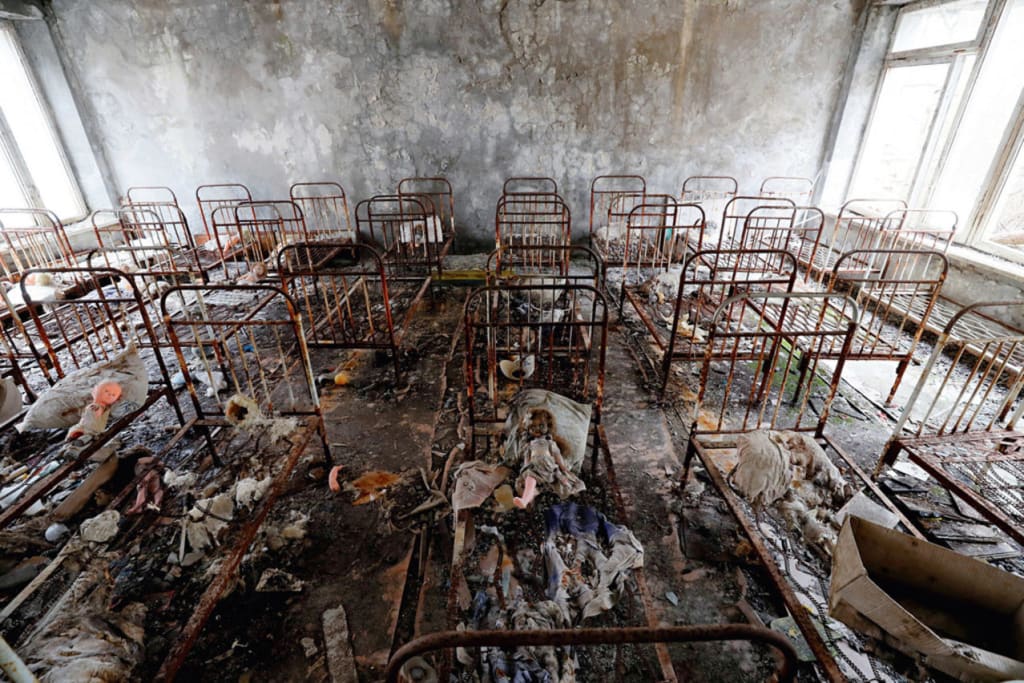
On April 26, 1986, a catastrophic nuclear accident occurred at the Chernobyl Nuclear Power Plant in Ukraine. It is considered one of the largest nuclear disasters in history and had a significant impact on global nuclear energy.
The incident took place during a test procedure being conducted in the fourth reactor of the Chernobyl power plant. The purpose of the test was to evaluate the reactor's ability to maintain cooling power in the event of a power outage. Due to several design flaws and human errors, a series of events unfolded that led to a sharp increase in reactor power and the subsequent destruction of the reactor.
As a result of the explosion and fire that followed, a substantial amount of radioactive materials was released into the surrounding environment. A large portion of these radioactive substances was released into the air, forming a radioactive cloud that spread over a vast area, including parts of Europe. The lives and health of people residing in the nearby areas were severely affected.
The immediate impact of the Chernobyl disaster was the loss of lives, both among plant workers and emergency responders. The explosion and subsequent fires released a significant amount of radioactive particles, including iodine-131, cesium-137, and strontium-90, into the atmosphere. These radioactive materials posed a serious threat to human health, leading to acute radiation sickness, increased cancer risks, and other long-term health effects.
In the aftermath of the accident, a large exclusion zone was established around the Chernobyl power plant to restrict human access due to high levels of radiation. The nearby town of Pripyat, which housed the plant's workers, was evacuated. A sarcophagus, known as the Chernobyl Shelter, was constructed to enclose the damaged reactor and prevent further releases of radioactive materials.
The Chernobyl disaster also had significant environmental and ecological consequences. The surrounding lands and water bodies were contaminated with radioactive substances, leading to the death of plant and animal life and long-term effects on the ecosystem. The area around Chernobyl remains uninhabitable for humans, and wildlife populations continue to be impacted by radiation.
The incident prompted major changes in nuclear safety regulations and practices worldwide. It highlighted the importance of stringent safety measures, improved reactor designs, and emergency preparedness in the nuclear industry. The Chernobyl disaster serves as a somber reminder of the potential risks associated with nuclear power and the need for ongoing vigilance and caution in its usage.
ENDDDDD D D D D D D D D D D D D D D D D D D D DD D D DD D D D D D D D D D D D D D D D DD D D D D DDDDD D D D D D D D D D D D D D D D D D D D D D DD D D D D DD D DD D D D D D D D DD D DDD DDD D D D D D D D D D D D D D D D D D D D D D D D DD D D D D D D DD D D D D D D D D DD D DD D D D D D D D D D D D D D D D D D DD D D D D D D D D D D D D D D D D D D D DD D D D D DD D D D D D D D D D D D D D D D D D D D D D DD D D





Comments
There are no comments for this story
Be the first to respond and start the conversation.